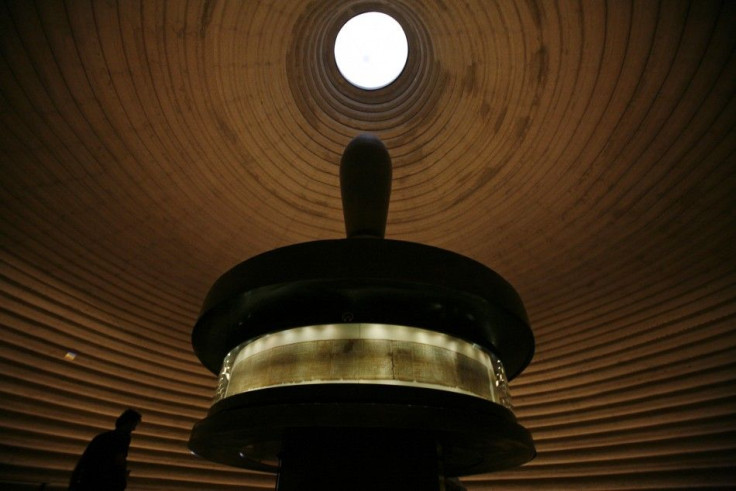Dead Sea Scrolls Brought to Life on Web by Google

Israel's national museum has partnered with Google to allow the Internet access to one of the most important archeological finds in the 20th century, the Dead Sea Scrolls. The museum has launched a new Web site for users to scan hi-res photos of the scrolls.
The Dead Sea scrolls are considered key insight into the world of Christianity from the third century BCE to the first century CE, and the earliest known manuscript of the Bible. Users can browse the Great Isaiah Scroll, the Temple Scroll, the War Scroll, the community Rule Scroll, and The Commentary on the Habakkuk Scroll.
We are privileged to house in the Israel Museum's Shrine of the Book the best preserved and most complete Dead Sea Scrolls ever discovered, said James S. Snyder, Anne and Jerome Fisher Director of the Israel Museum. They are of paramount importance among the touchstones of monotheistic world heritage, and they represent unique highlights of our Museum's encyclopedic holdings. Now, through our partnership with Google, we are able to bring these treasures to the broadest possible public.
The interface lets users sift through extremely high-resolution photos and zoom in to see even the most minuet cracks in the scrolls. Users can also click on section of the scrolls to get line-by-line translations of some of the script into English. The site also provides background on how the scrolls were discovered, and relevant context, different versions of the scrolls as well as instructions on how best to use the provided online tools.
Up until now the scrolls have been accessible in Israel's national museum to a few scholars. Responding to criticism the museum partnered with Google to digitize the works.
The Dead Sea Scrolls Project with the Israel Museum enriches and preserves an important part of world heritage by making it accessible to all on the internet, said Professor Yossi Matias, managing director of Google's R&D Center in Israel.
Though turning the sensitive thousand-year-old animal skins and parchment was no easy task; the ancient texts are so fragile they couldn't even be exposed to broad daylight. Photographer Ardon Bar-Hama used UV-protected flash tubes at 1/4000th of a second exposure time to minimize any damage to the scrolls. The pictures are two hundred times the resolution of standard pictures at 1,200 mega pixels each.
Check out the Web site here to see photos of the scrolls, get a background of their significance and to view video dairies of the project.
© Copyright IBTimes 2025. All rights reserved.



















